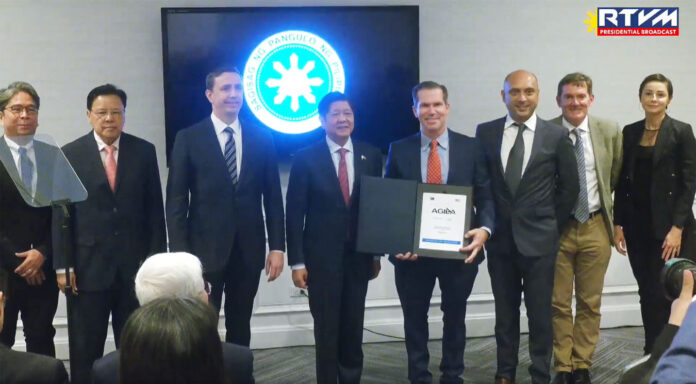Space technology, satellites, and other advancements are the next frontier of connectivity and innovation in today’s connected and digital existence.
On August 8, 2019, the Philippines established its space agency, the Philippine Space Agency (PhilSA), with the mandate to enhance the country’s capabilities in space technology to improve national security, support sustainable development, and address challenges such as disaster management and connectivity in underserved areas.
PhilSA’s journey began with the successful deployment of microsatellites like Diwata-1 and Diwata-2, which were developed in partnership with Japan. These satellites were instrumental in disaster monitoring, environmental protection, and agricultural planning, demonstrating the potential of space technology in national development.
A report from the New Space Economy notes that these initial achievements laid the groundwork for the Philippines to pursue larger, more ambitious satellite projects.
The recent launch of AGILA-1 via a SpaceX Falcon 9 rocket is a landmark development. As reported by the Tribune, AGILA-1 aims to provide internet access to underserved and remote areas across the archipelago, enhancing opportunities in education, healthcare, and e-commerce. The satellite also strengthens the nation’s disaster response capabilities by ensuring communication channels during emergencies.
PhilSA is also forging global partnerships to expand its satellite infrastructure. According to Satellite Today, the Philippines signed an agreement with U.S.-based satellite manufacturer Astranis in 2023 to acquire additional satellites.
These satellites are expected to expand coverage and improve the redundancy of communication systems, ensuring more reliable connectivity nationwide.
The potential of AGILA-1 has been recognized as transformative. BusinessWeek Mindanao highlights how this satellite will help address the digital divide, particularly in rural areas where connectivity has long been a challenge. Experts believe that its economic impact could extend to industries such as agriculture, transportation, and urban planning.
Despite challenges such as limited funding and gaps in technical expertise, the Philippines is emerging as a leader in Southeast Asia’s space race. The launch of AGILA-1 signals the country’s dedication to leveraging space technology for socio-economic progress.
The Asian News Network underscores that the satellite marks a significant step toward global competitiveness and inclusive growth.
With a clear vision and strategic initiatives, the Philippines demonstrates how even developing nations can use technology to create opportunities, bridge gaps, and secure a brighter future.



